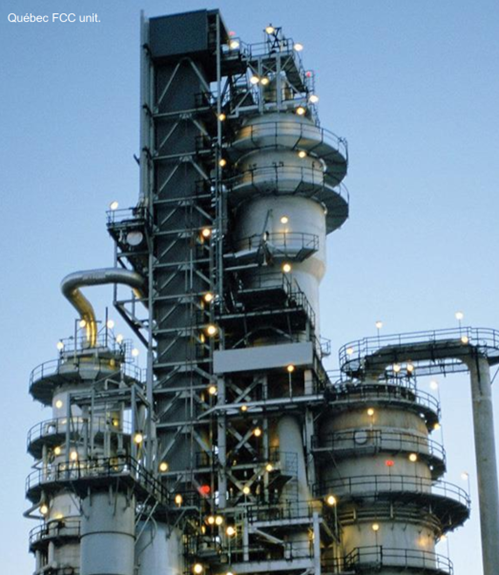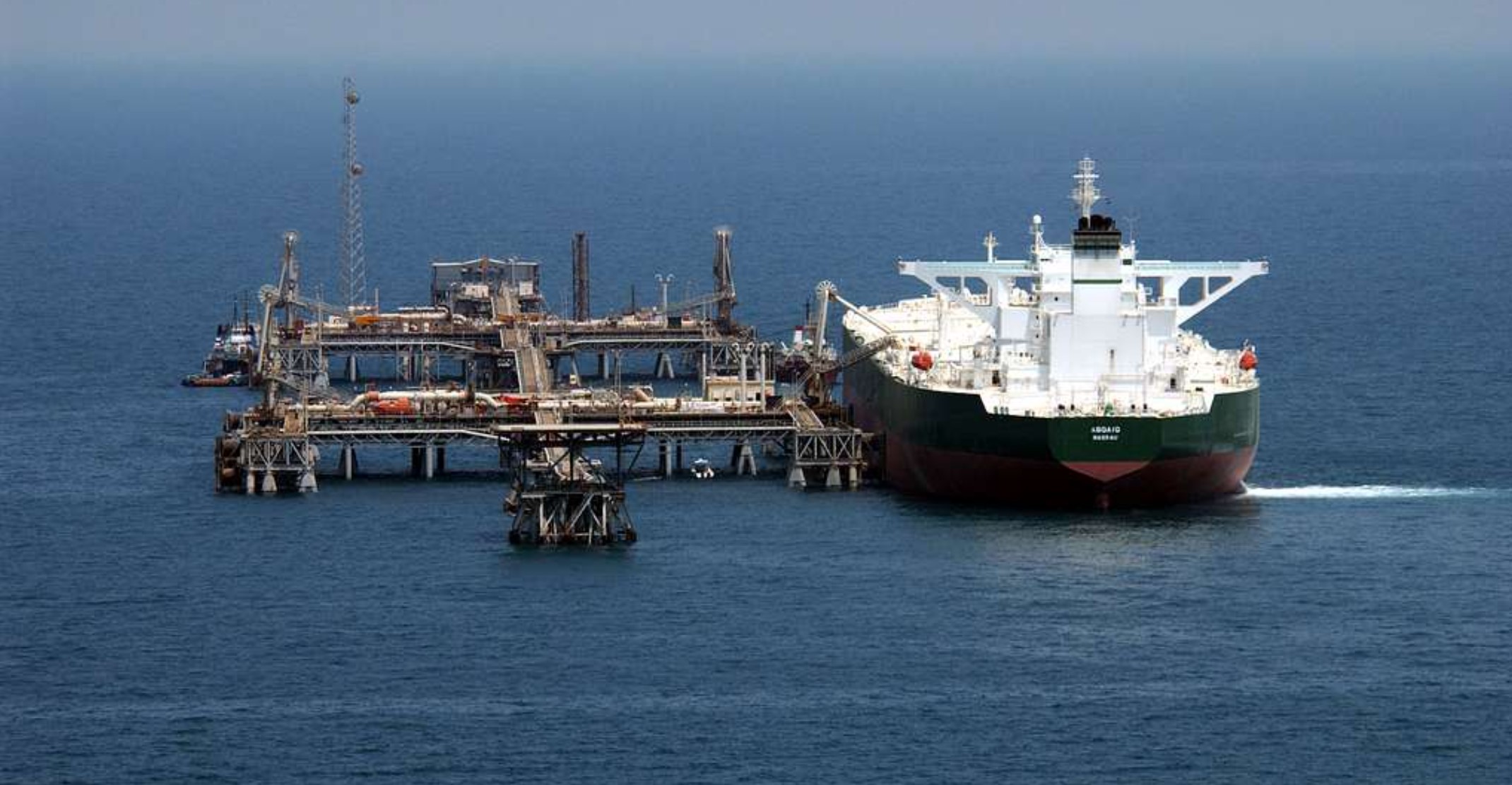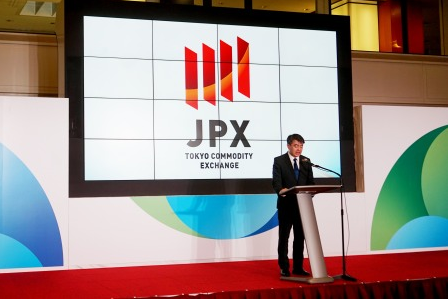TOCOM Energy
JPX Energy Market Updates(Sep. 5, 2022)
Crude prices have fallen by around 6% last week and were back at near levels from 22 August, when Saudi first flagged the Kingdom would consider production cuts, the hawkish rhetoric from the US Federal Reserve had been a major driver, the potential return of Iranian crude to markets also weighed on sentiment, as French President said Thursday he hoped that a deal to restore nuclear limits on Iran would be agreed in the coming days. Adding to the downturn, a fresh wave of Chinese lockdowns were announced, placing millions of citizens under renewed restrictions following fresh outbreaks of Covid-19.
Crude oil futures in Asian trading hours Friday were climbing higher as Russian supply concerns and the upcoming OPEC+ meeting helped stabilize prices after a week of losses.
Dubai cash for November delivery was assessed at $94.80/b last Friday, up $0.8/b from the previous Asia close, while JPX Dubai futures were trading at $87.5/b for the November contract.
Firstline and third line JPX Dubai future contract spread was trading at $3.5/b on Friday, the prompt Dubai structure strengthened as the M1/M3 used by National Oil Companies in OSP calculations, was pegged at around $5.70/b. Saudi Arabia is expected to slash the price of its flagship grade to Asia for October amid lackluster fuel demand and increased competition from crude from other regions, a Reuters survey of refiners showed.
Crude markets have also been dragged lower by weakness in products. Gasoline cracks in Asia slumped to negative levels last week for the first time since 2020 which has been exacerbated by renewed Covid restrictions in China, diesel cracks tanked on lower gas prices. Natural gas markets continued its sharp reversal on Wednesday and Thursday despite Gazprom starting a three-day maintenance shutdown of the Nord Stream pipeline, with both Asia and Europe dropping by 25-30% since last week’s record highs.
Because light and sweet crude oils are cheaper and easier to process into low sulfur content high-quality gasoline, diesel, explaining their growing attractiveness for refiners when these products crack spreads are high. As light distillate cracks slumped and refining margins continued to be eaten away, meanwhile underlying volumes in the North Sea Dated Brent benchmark are set to rebound in October, as extended North Sea maintenance and upgrading work is completed for the summer season. The Brent/Dubai cash spread crunched to a two-year low on Thursday. While ICE Brent and JPX Dubai spread was trading at $5.5/b.
On the supply side, the Group of Seven countries announced an agreement to cap on Russian crude oil prices starting 5 December and for oil products two months later. The provision of such services would only be allowed if the oil and petroleum products are purchased at or below a price determined by the broad coalition of countries implementing the price cap. The price level remains under discussion, and the policy will be enforced through insurance finance and shipping restrictions. The G7 countries' agreement to finalize and impose a price cap on Russia's exports is expected to diminish its current discounts against global benchmarks and widen the pool of buyers of its oil.
However, oil prices rallied after comments from Deputy Prime Minister that Russia would stop supplying crude and products to countries that impose a price ceiling on its oil, speaking ahead of Friday’s G7 meeting to discuss price-cap proposals. The comments raised the prospect of further disruptions to Russian energy supplies over the winter.
The effectiveness of the price cap may also hinge on the position of large third parties, such as China and India, that have bought up cheap Russian oil since it was shunned by Europe, the US and others shortly after the war in February. Russia’s seaborne crude shipments to Asia have fallen by more than 500,000 barrels a day in the past three months, with flows to the region hitting their lowest levels since late March.
The G7 also called on OPEC to continue raising supply, encouraging oil-producing countries to increase their production to decrease volatility in energy markets. OPEC's output hit 29.6 million bpd in August, highest levels since April 2020 according to a Reuters survey. The OPEC+ Joint Technical Committee initially said Wednesday it sees global oil supply exceeding demand by 900,000 bpd this year, but subsequently revised down the figure to 400,000 bpd.
However, the recent slump in prices had largely ruled out any prospect of further output hikes when OPEC+ meets Monday, with ministers presented with an opportunity to shore up markets by announcing a reduction in output.




